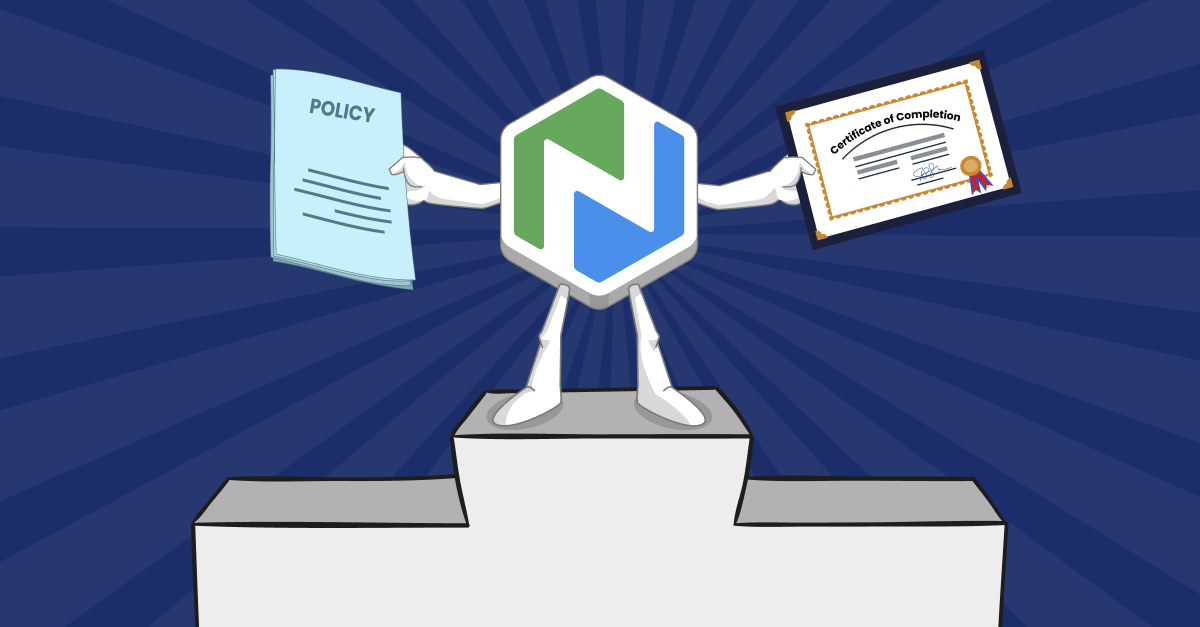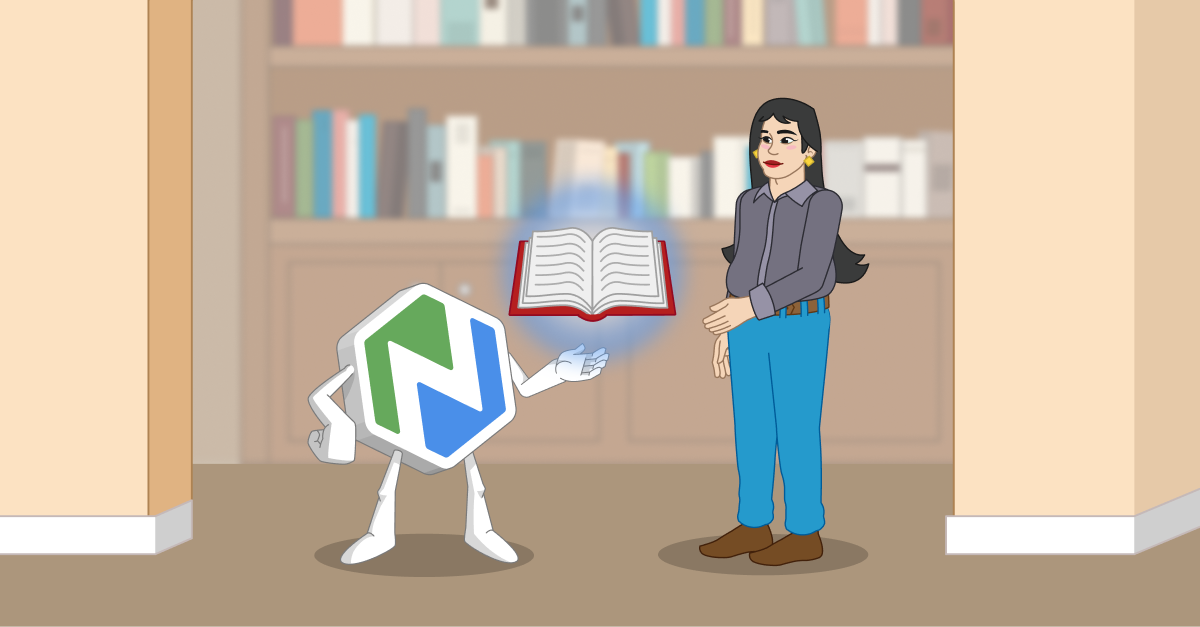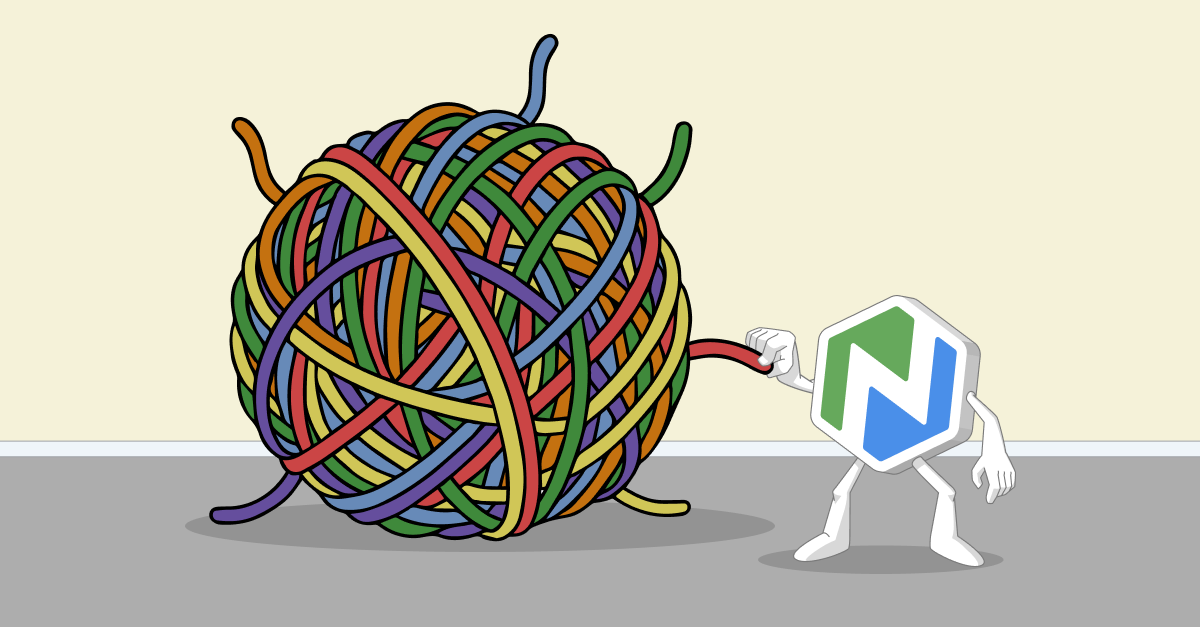Information Literacy & Fighting Fake News
Discover ways to expand & improve information literacy instruction to better prepare students to manage their information environments & fight fake news.

The first time I read the Stanford History Education Group’s 2016 article on evaluating information, I was shocked. The digital evaluation skills of students from middle school to college were “bleak”. Students couldn’t identify sponsored content, critically evaluate images, or determine the interests at play in social media posts. My first move was to design a one-credit information analysis elective at my university to address some of the issues in the report.
I missed the mark a bit, though. While designing the class, I focused on what students needed to know and how I could deliver it—classic backward design and good practice. Except I missed a critical step. And I wasn’t alone. Coverage of the report seemed to focus on some version of “the kids aren’t alright.” Few people, including me, stopped to ask the foundational question, “why aren’t the kids alright?” What, exactly, was going on?
Fortunately, the Stanford team was asking this question. And what they found really shocked me. It turns out the kids kind of were alright. In fact, they “learned what we taught them.” And what we were teaching them was incomplete, inconsistent, or “just plain wrong.”
Many of the ways we’ve taught information literacy and information analysis don’t translate into our current media environment. The tools we’ve provided aren’t meeting the task at hand: we’re giving students sticks and stones and asking them to build a rocket to the moon. In the meantime, students’ information analysis skills are faltering, and fake news is becoming so sophisticated that even information professionals like us are falling for it.
Bleak, indeed. But not hopeless. There are ways to expand and improve our information literacy instruction to better prepare students to manage their information environments and fight fake news.
Ditch the checklist
Stanford lists CRAAP checklists as the first among “strategies that fail” our students. Its focus on Credibility, Relevance, Authority, Accuracy, and Purpose always seemed like a good way to help students analyze a new website. I’ve used it in my classes. I’ve taught it to library science students. And I regret it. These elements are often mistaught (some major universities are still telling students a .org indicates a nonprofit). And, even when they’re not, they treat webpages like print sources even though “the internet operates by wholly different rules.” Checklists do more harm than good, especially when students are on unfamiliar sites.
Teach lateral reading
Instead of having students use a checklist to read a webpage deeply, teach them the skill fact-checkers use: lateral reading. This strategy encourages students to jump off unfamiliar sites to see what other sources have to say about the site. Instead of reading a misleading About Us page on a misleading site, students spend their time figuring out who is behind the information they’re looking at. It teaches them to use the web as a web and helps them determine whether an unfamiliar site is worth their time.
Encourage shortcuts
Teaching students shortcuts that give them more time and make them better researchers (and thinkers) is okay. Librarians use effective shortcuts to analyze information all the time! Some students may know they can search the body of a document for specific words. But they probably don’t know they can use the same strategy online. Show them a provocative headline on a webpage or social media post. Then, search using CMD/CTRL+F to see if the keywords in the headline match the body of the text. This is a quick way to illustrate how ideas can be taken out of context, and it’s an easy tool for students to pick up.
Invest in creative workarounds
Few academic librarians have the time or funds to retool their information literacy classes to cover fake news and other mis- and disinformation. Many librarians have to make do with a one-shot session, and most teaching faculty have specific requests for using that time. But even if you can’t spend your one-shot on deep information analysis, you can embed tutorials, videos, or other resources into the campus LMS so students can access this information.
At Niche Academy, we’ve created a series of Fighting Fake News tutorials that align with the ACRL Framework, take minutes to complete, and can augment the information in communications, journalism, and writing courses. If you can’t get students into the classroom, bring the classroom to them! Most librarians I know care about how we can prepare our students to interact better with the information coming at them 24/7. And most instructors I’ve talked with care too. None of us wants to teach students skills that are incomplete, inconsistent, or “just plain wrong.” Fortunately, we don’t have to. Choose one of these strategies and start today. Slight shifts in how you approach information literacy instruction can meet a serious social need and demonstrate your value in new ways.

.png)
.png)
.png)

.png)
.png)

.png)

.png)
.png)